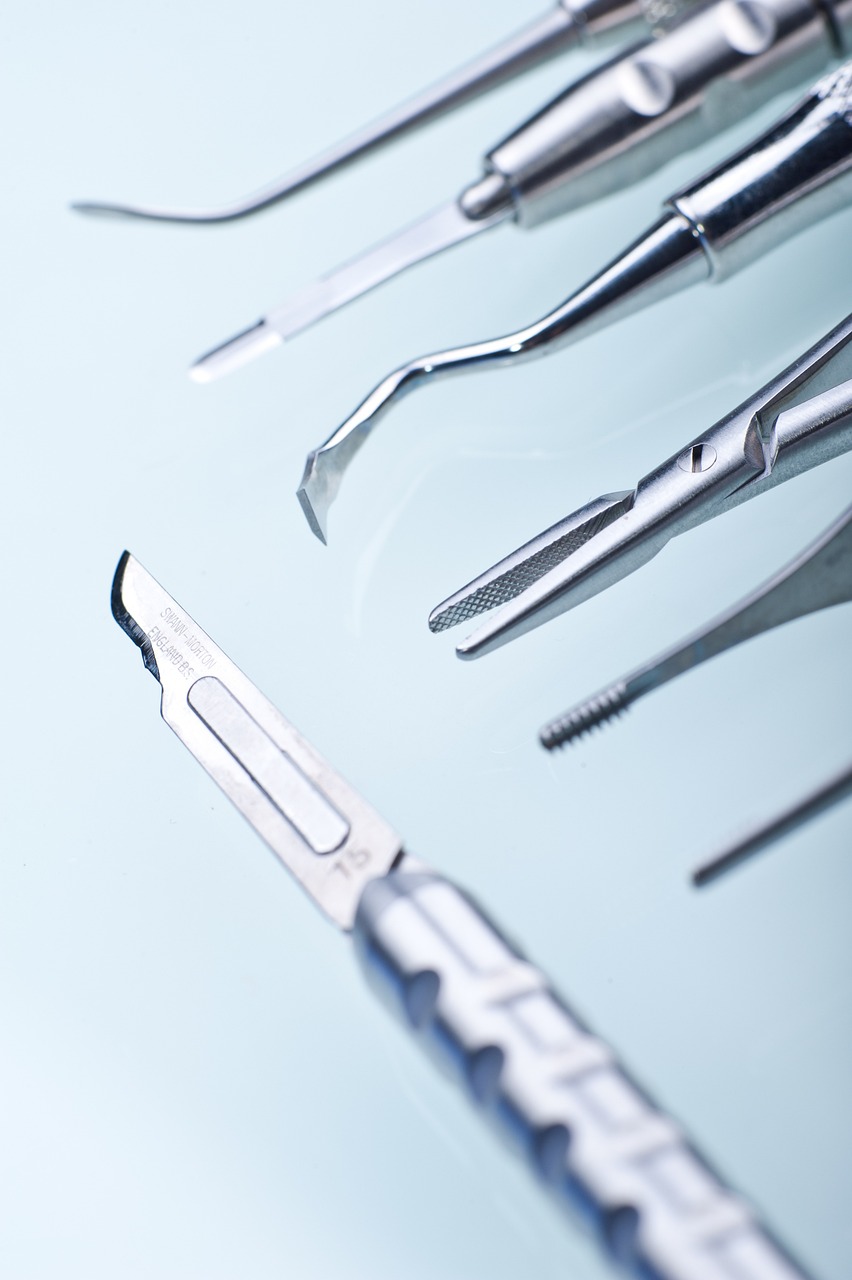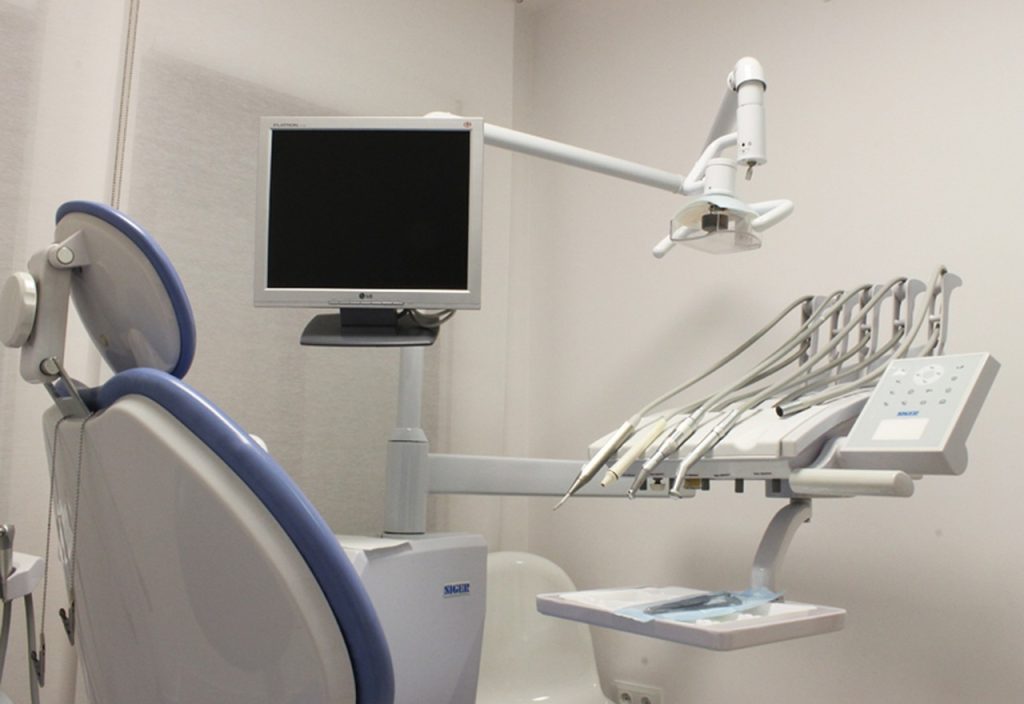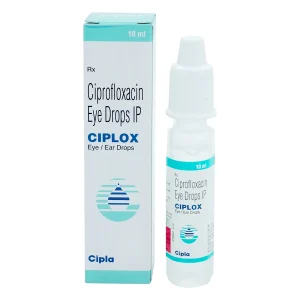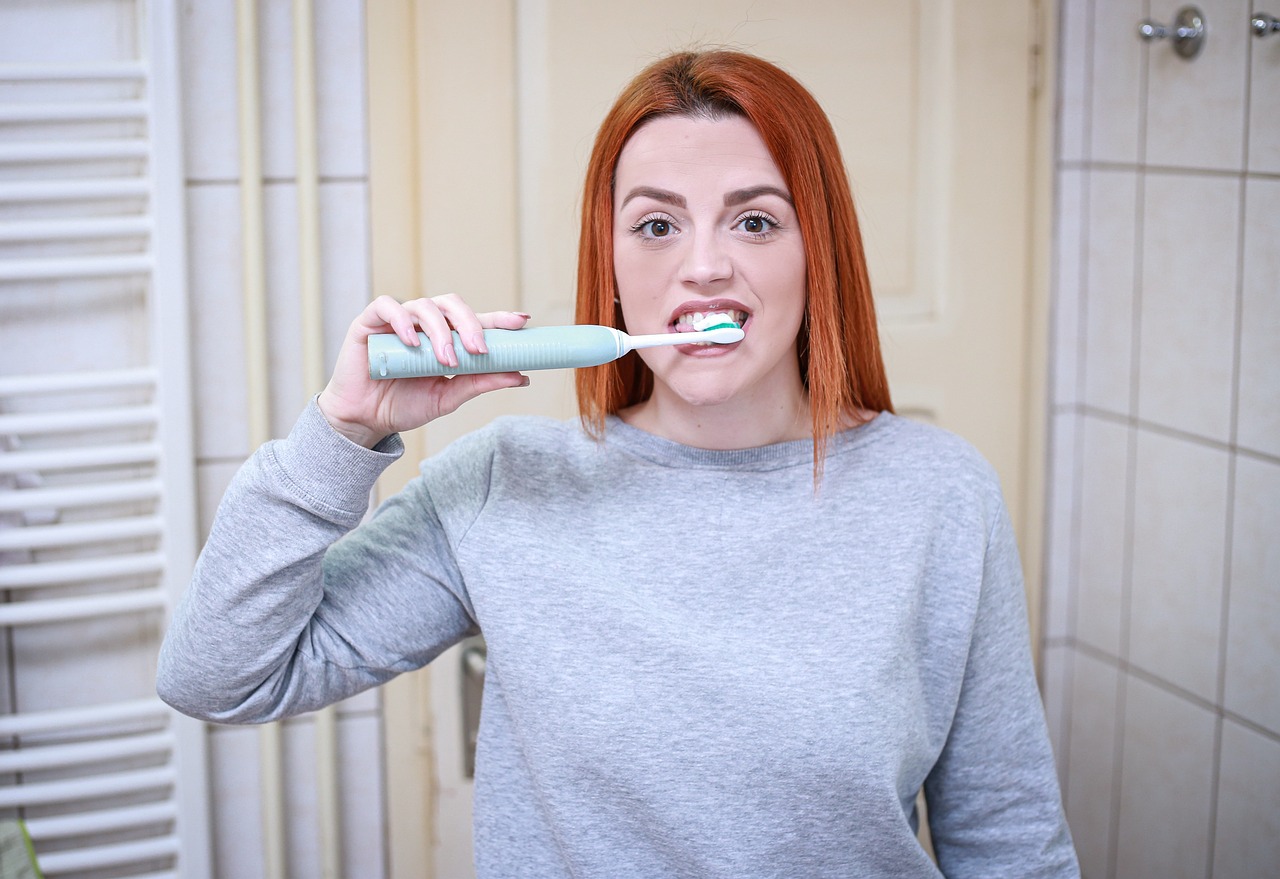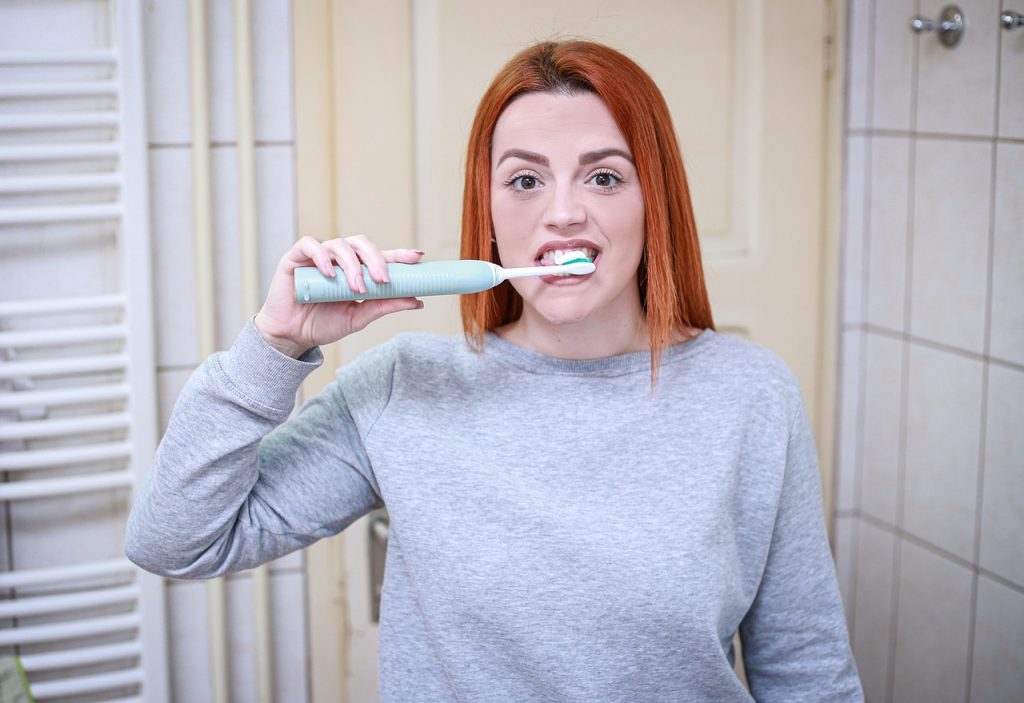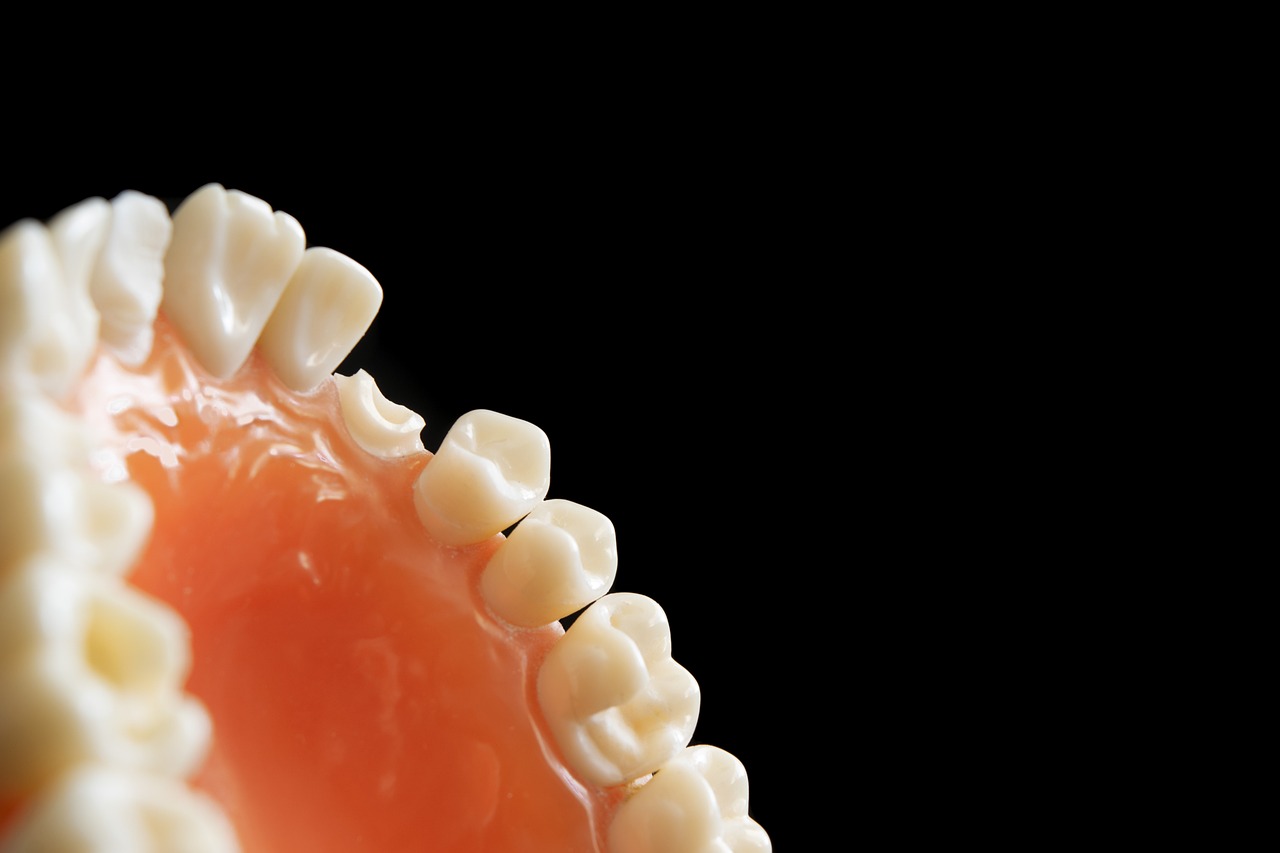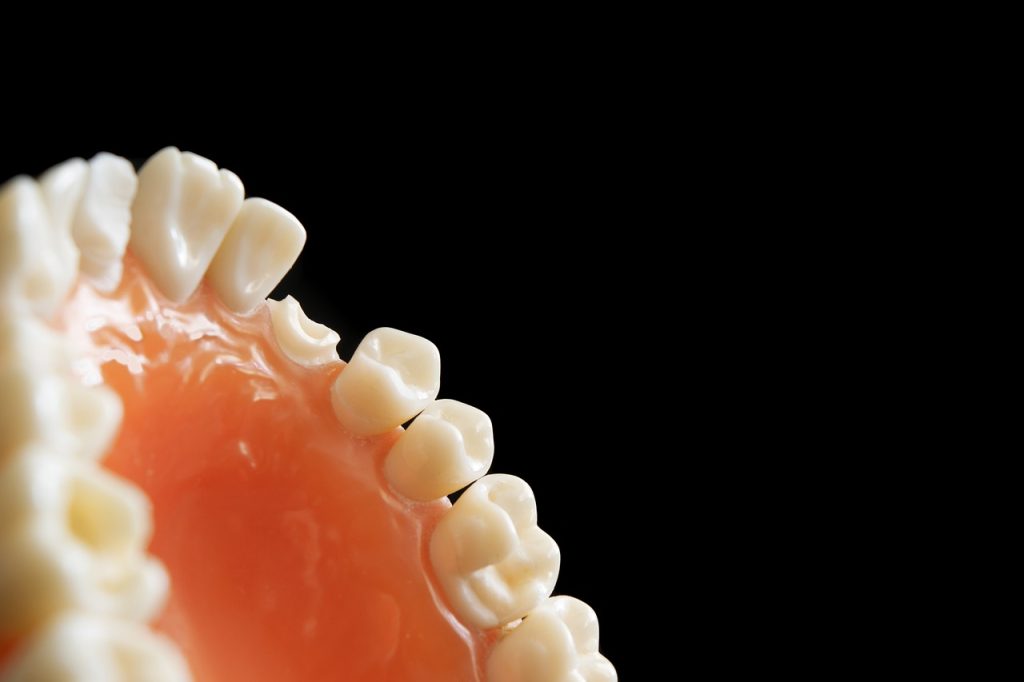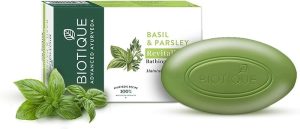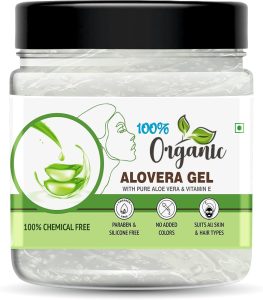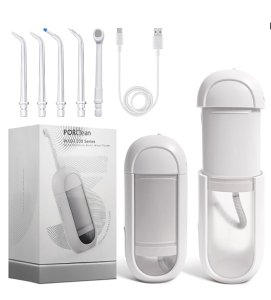What is Tooth Polishing / Dental Polishing?
What is Tooth Polishing?
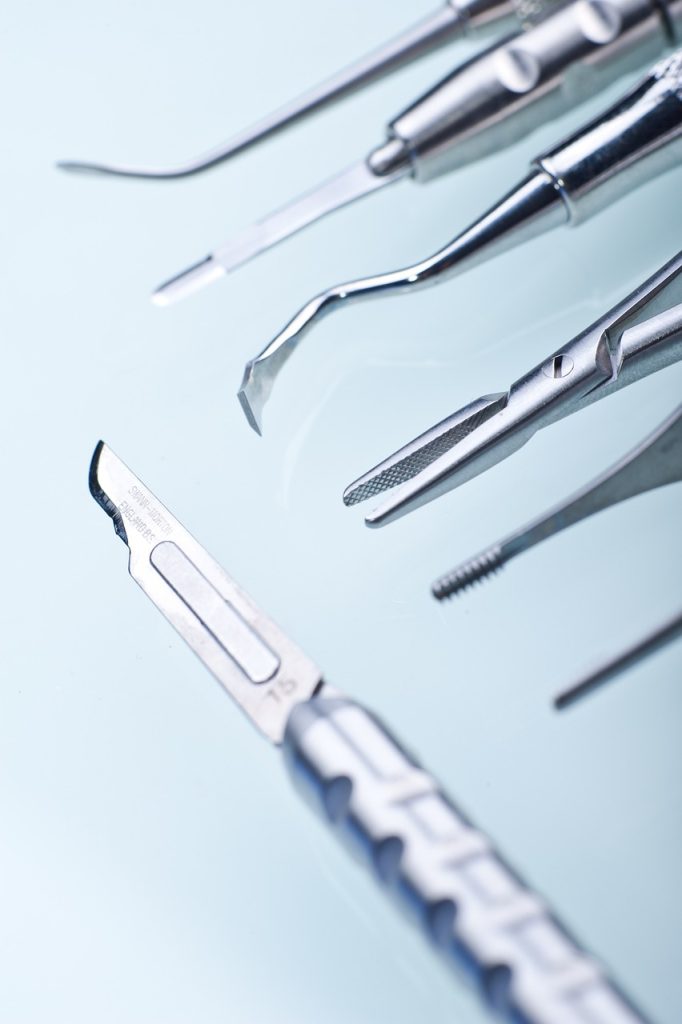
Tooth polishing is a standard dental procedure aimed at leaving your tooth enamel smooth and glossy. Often performed during routine cleaning appointments, it complements dental scaling to freshen breath and prevent tooth decay.
During the tooth polishing process, after dental scaling removes plaque and buildup, your dentist or hygienist will use either a dental drill with a rubber cup and polishing paste or a gentle blasting device with baking soda powder. This step smoothens the tooth surface, removes stains, and helps prevent gum disease and irritation.
This procedure not only enhances the appearance of your teeth but also contributes to overall oral health by maintaining a clean and polished surface that is less prone to plaque buildup and decay. It’s essential to have tooth polishing performed by dental professionals to ensure effective results and avoid potential damage to tooth enamel.
Benefits of Tooth Polishing
Tooth polishing offers both cosmetic and health benefits, effectively
removing dental stains, plaque, and microorganisms from the tooth’s
surface. While it enhances the aesthetic appearance by making the
enamel lustrous and clean, it also contributes to oral health by reducing
plaque buildup and bacteria. Polishing, combined with scaling to remove
tough plaque, is integral to maintaining healthy gums and teeth. This
procedure is painless and provides immediate results, leaving teeth feeling
smooth and polished after each session.
Dental polishing include reducing plaque buildup and bacterial presence,
although it doesn’t prevent gum disease entirely. Regular polishing helps
manage cavity-causing bacteria and biofilm, crucial for preventing gum
disease like periodontitis, which can lead to tooth and bone loss.
Types of Tooth Polishing
There are different types of tooth polishing techniques tailored to specific
needs:
- Therapeutic Polishing: Removes microflora and endotoxins from
exposed cementum during dental surgical procedures. - Coronal/Cosmetic Polishing: Eliminates plaque and superficial stains,
enhancing the enamel’s reflective properties for a brighter smile. - Superficial Polishing: Primarily for aesthetic improvement, this technique
polishes the crown of the tooth without significant therapeutic benefits. - Selective Polishing: Focuses on removing remaining stains post-scaling,
ensuring a clean and polished appearance.
Choosing professional tooth polishing ensures thorough plaque removal
and maintains dental health, contributing to a brighter, healthier smile.
Polishing Teeth At Home?
Polishing your teeth at home using DIY kits or baking soda may seem
convenient, but it’s not recommended. These products can be too abrasive,
potentially wearing down your enamel, causing tooth sensitivity, and
leaving behind more bacteria. Professional dental polishing, done with
the right tools and expertise, is safer and more effective.
Using over-the-counter kits that claim to mimic professional polishing.
These products can lead to enamel abrasion and other dental issues if
used incorrectly. It’s crucial to maintain oral health through regular
brushing, flossing, and professional dental cleanings to keep teeth healthy
and glossy.
While dental polishing itself is generally safe, individuals with sensitive
teeth or severe tooth wear may require gentler methods. Regular dental
visits every 6 months for scaling and polishing are recommended, though
frequency may vary based on individual needs and oral health conditions.
Always consult your dentist before trying any at-home dental treatments.
Notifications
- Coming Soon: Free Dental Health Awareness & Checkup CampComing Soon: Free Dental Health Awareness & Checkup Camp . …
Read More "Coming Soon: Free Dental Health Awareness & Checkup Camp"
- Celebrating independence day at Dentistium Clinics – 15th august 2025Celebrating independence day at Dentistium Clinics – 15th august 2025 …
Read More "Celebrating independence day at Dentistium Clinics – 15th august 2025"
- Free Dental Health Awareness & Check-up Camp at Sangathan Society, Vastrapur – 10th July 2025Free Dental Health Awareness & Check-up Camp at Sangathan Society …
Recent Posts
- Dental Implants: Procedure, Purpose & Benefits
 Dental Implants: Procedure, Purpose & Benefits When it comes to …
Dental Implants: Procedure, Purpose & Benefits When it comes to … - The Many Factors Influencing Patient Hygiene Practices
 The Many Factors Influencing Patient Hygiene Practices Maintaining proper hygiene …
The Many Factors Influencing Patient Hygiene Practices Maintaining proper hygiene …Read More "The Many Factors Influencing Patient Hygiene Practices"
- Enhance Your Smile with Dental Crowns: A Complete Guide
 Enhance Your Smile with Dental Crowns: A Complete Guide Your …
Enhance Your Smile with Dental Crowns: A Complete Guide Your …Read More "Enhance Your Smile with Dental Crowns: A Complete Guide"
- August 2025 (7)
- July 2025 (6)
- June 2025 (5)
- May 2025 (53)
- April 2025 (2)
- March 2025 (3)
- January 2025 (2)
- November 2024 (1)
- April 2024 (1)
32,602 hits
.
Most Searched Pharmacy products on our site
-
-
-
₹2,450.00Rated 0 out of 5
Experience powerful oral care with the PRO200V PORCLEAN Water Flosser....
-
.
.

